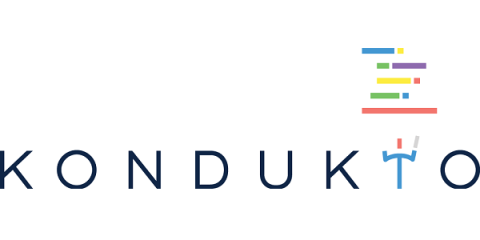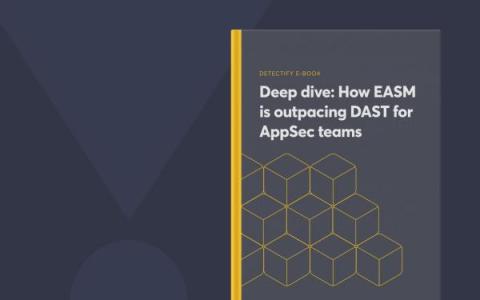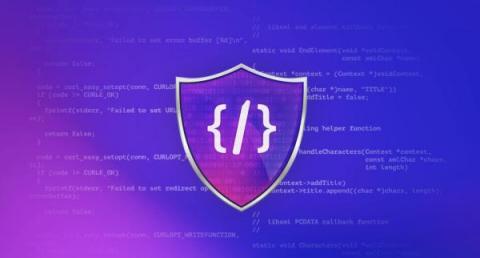What is Application Security Orchestration and Correlation?
Gartner just released the Hype Cycle for Application Security 2022, and the main topic was the rise of application security orchestration and correlation (ASOC) tools. As Kondukto, we have been in "this neighbourhood" for more than 3 years; we want to take the chance to say something about "why you need an ASOC platform". As multiple security technologies need to be used at different stages of the modern software development lifecycle, the findings from various tools are creating an immense complexity for understaffed security teams.










